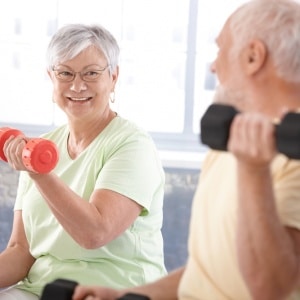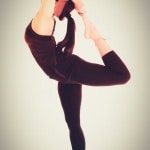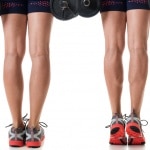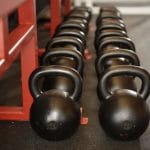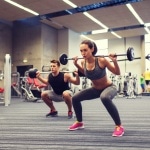
August 2019
High School Sports & Adult Bone Strength
In May 2019, we reported on how youth sports injuries may impact adult-onset osteoarthritis, especially if proper care and training were not followed. Now this study from the University of Iowa reports that high school sports participation confers long-lasting bone health benefits compared to those who did not play.
We have known for many years that athletes, especially those who play power sports like tennis, football, track & field, etc., develop stronger bones according to those parts of the body where muscle forces are greatest. Thus, tennis players’ dominant arm bones are bigger than than those in the non-dominant arm. But distance runners and cyclists tend not to develop larger bones, perhaps due to the lack of forceful contractions or weight bearing, respectively.
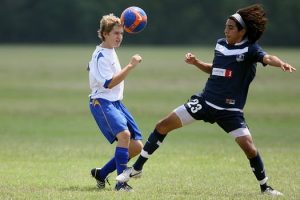
This study followed 228 young adults after their HS careers with DEXA scans of their hips and femurs, and categorized bone health in relation to the muscle power demands of their respective sports. The latter was gaged by how high they could jump when they were 17.
As expected, male athletes had greater bone strength than their less-athletic peers; Female athletes, however, exhibited better bone quality only if their sports involved power activities; non-power athletes were not that much better off than their sedentary peers.
Muscle power “mediated 24.7% to 41% of the effect of sport participation in bone outcomes in males and 19.4% to 30% in females.” The overall conclusion was that sports participation in HS contributed to bone quality in males regardless of the intensity of muscle power contractions. However, females benefitted primarily from sports that demanded forceful muscle actions as in basketball and soccer.
MSSE May 2019
Blood Flow Restriction for Seniors
Normally we would consider blood flow restriction (BFR) a medical condition. But it also is an authentic and valuable exercise training modality. Combined with low-load resistance exercise (BFR+LLRE), it has seen a surge in the exercise science literature as well as the therapeutic exercise literature. Promoted as kaatsu, from a 1999 Japanese study on strength training, subsequent studies have determined that it helps build strength and muscle mass in athletes, older folks, and even war-torn limbs of US soldiers. A Netherlands study of 20 young males set out to determine if BFR+LLRE increased muscle protein synthesis compared to BFR without LLRE.
Disuse such as in bed rest can cause up to 3.2% loss of quadriceps muscle size after just a week, plus significant loss of insulin sensitivity.
BFR alone has yielded some anabolic benefits, but adding exercise with a 20% of one’s maximal load to the BFR limb significantly elevated protein synthesis after a similar amount of time with the cuff restricting arterial flow. Furthermore, using a light load alone did not yield comparable results to the BFR+LLRE.
This information gives credence to the use of BFR+LLRE for those with injuries, post-surgery or disuse syndromes whereby beneficial biochemical stimuli can be promoted without imposing excessive loads. This study may debunk others that have promoted its utility even at rest.
MSSE June 2019
Tid Bits
Protein needs for older adults have been elevated to those of athletes as research has shown they need more to compensate for natural loss of muscle mass and reduced protein synthesis rates. A Journal of Nutrition (11/18) study of 41 men over 70 doing resistance exercise, some of whom drank a 21g supplement twice a day vs others who had drinks with similar calories, saw no differences in muscle mass or strength gains. UCLA Healthy Years July 2019
With over 40% of Americans overweight and 33% obese, the search for the medical implications marches on. Researchers at UT Southwestern Medical Center studied what works best to reduce visceral fat, the stuff you don’t see, pinch or feel but surrounds your organs: monitored exercise or drugs. Using CT or MRI to evaluate changes in 3602 participants over a 6-month period, they found that “the reductions were more significant per pound of body weight lost with exercise.” As the main author said, “exercise can actually melt visceral fat.” ‘Nuf said? UCLA Healthy Years July 2019
Much to the chagrin of personal trainers, a study out of Finland (Frontiers in Physiology) on 106 65-75 yr old men and women doing supervised resistance training found that one session/wk for 6 months reduced overall inflammation, lowered blood pressure and blood sugar levels, and led to better overall well-being. On the other hand, those who trained 3/wk got the same health benefits plus increased more muscle mass and reduced more body fat. Nonetheless, both groups experienced increases in HDL (good) cholesterol but only the thrice-weekly group got significant reductions in LDL (bad) cholesterol. The good news is those at risk for high cholesterol, inflammation or blood sugar received the greatest benefits from either amount of training. IDEA Fitness Journal July-Aug. 2019

